The science behind improving your reaction times (PT. 2)
This is part 2 of our series on reaction times and reflexes. In part 1, we learned the foundational neuroscience to understand how your body responds to external stimuli. In this video, we explore how to implement this knowledge to improve our reaction times.
SOURCES:
VIDEOS:
Synaptec demo video with Jarvis Landry:
https://senaptec.com/products/senaptec-strobe
IMAGES:
Brodmann’s photo:
https://commons.wikimedia.org/wiki/File:Korbinian_Brodmann.gif
Korbinian Brodmann, Public domain, via Wikimedia Commons
Brodmann’s drawing of the brain: https://commons.wikimedia.org/wiki/File:Brodmann_Cytoarchitectonics.PNG
Korbinian Brodmann, Public domain, via Wikimedia Commons
Vision pathway to occipital lobe:
https://commons.wikimedia.org/wiki/File:Human_visual_pathway.svg
Miquel Perello Nieto, CC BY-SA 4.0 <https://creativecommons.org/licenses/by-sa/4.0>, via Wikimedia Commons
Thalamus GIF: https://commons.wikimedia.org/wiki/File:Thalamus_small.gif
Images are generated by Life Science Databases(LSDB)., CC BY-SA 2.1 JP <https://creativecommons.org/licenses/by-sa/2.1/jp/deed.en>, via Wikimedia Commons
Brain models generated in BodyParts3D/Anatomography
BodyParts3D, © The Database Center for Life Science licensed under CC Attribution-Share Alike 2.1 Japan
RESEARCH PAPERS:
Main study that I describe in part 2:
“Independence of Movement Preparation and Movement Initiation” https://www.ncbi.nlm.nih.gov/pmc/articles/PMC6601759/
Paper from same lab a year later:
“Reaction times can reflect habits rather than computations”
https://www.ncbi.nlm.nih.gov/pmc/articles/PMC5582865/
“Reaction Time Improvements by Neural Bistability”
https://www.ncbi.nlm.nih.gov/pmc/articles/PMC6466602/
“Speeding Up Reaction Time with Invisible Stimuli”
“Neural Efficiency in Athletes: A Systematic Review”
https://www.frontiersin.org/journals/behavioral-neuroscience/articles/10.3389/fnbeh.2021.698555/full
“Improved Visual Cognition through Stroboscopic Training”
https://www.ncbi.nlm.nih.gov/pmc/articles/PMC3203550/
“Prepared movements are elicited early by startle”
https://pubmed.ncbi.nlm.nih.gov/15262622/
“Patterned ballistic movements triggered by a startle in healthy humans”





